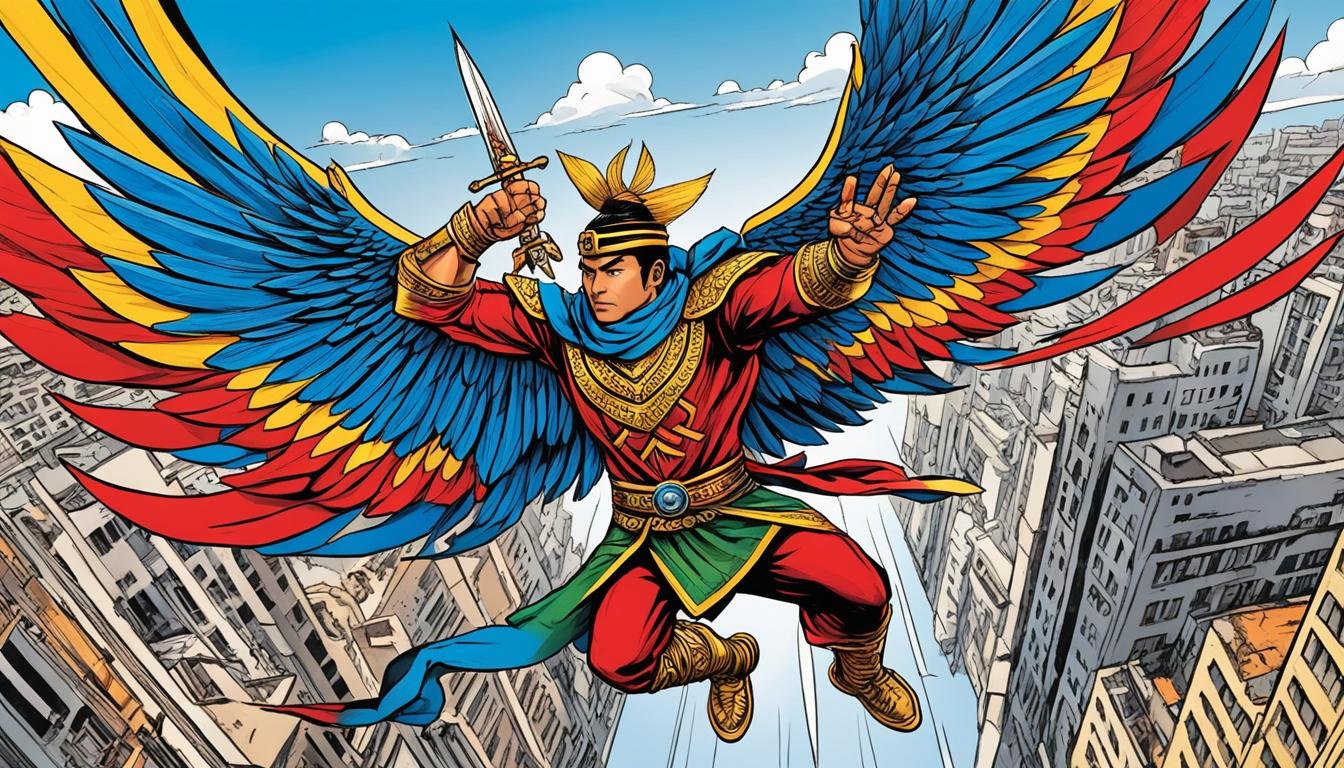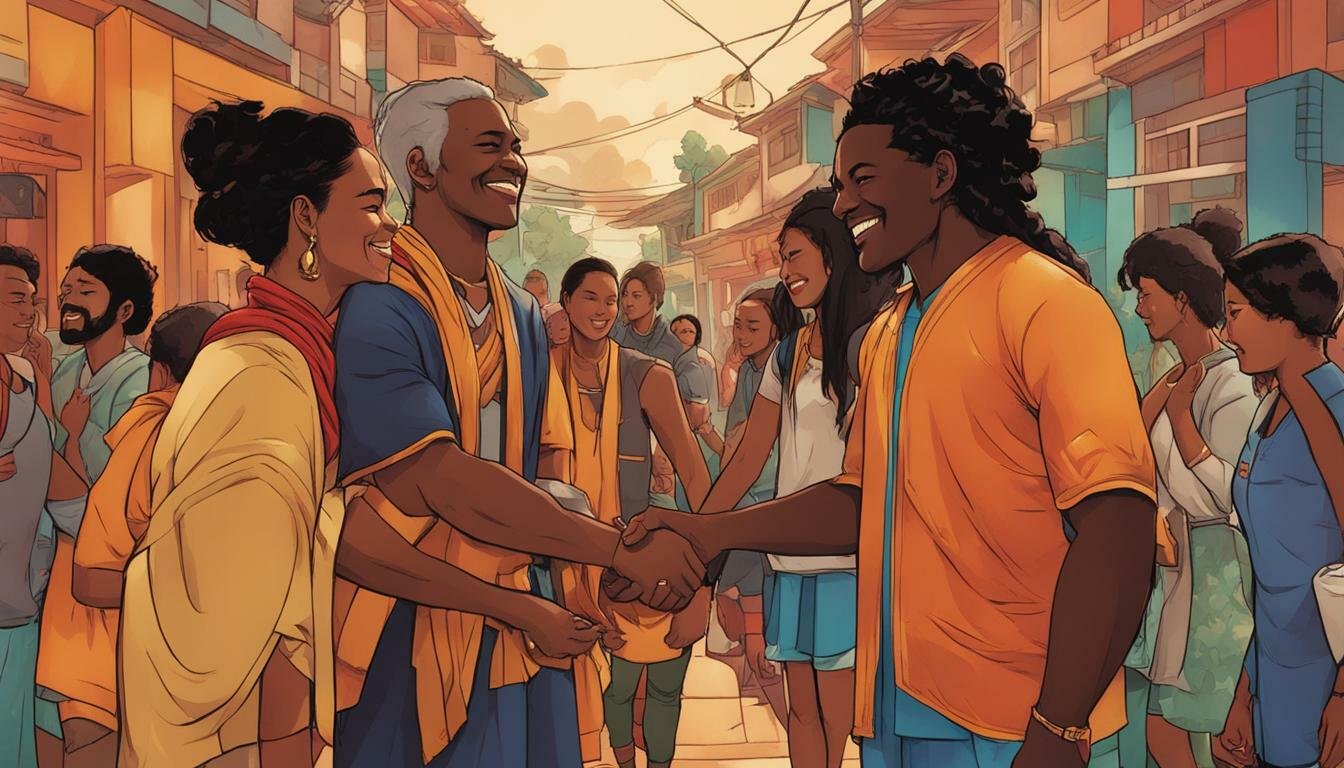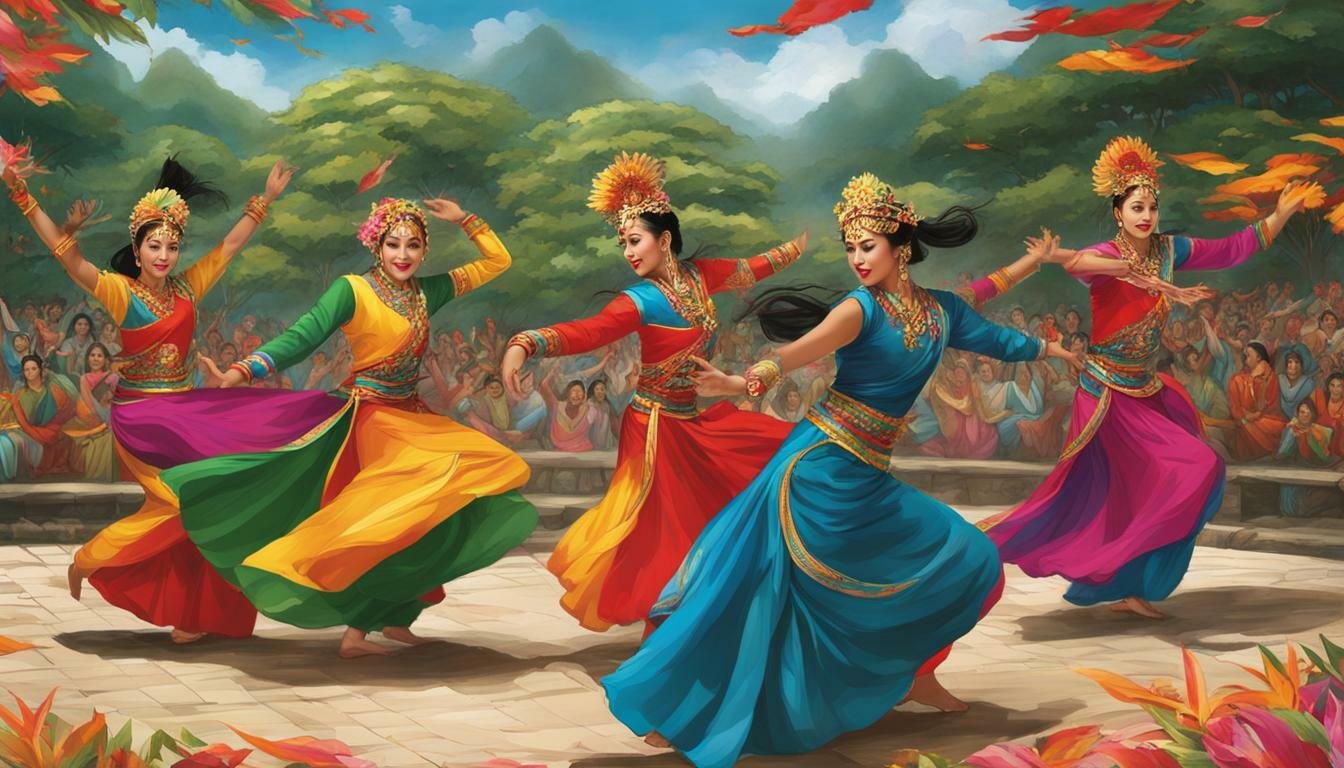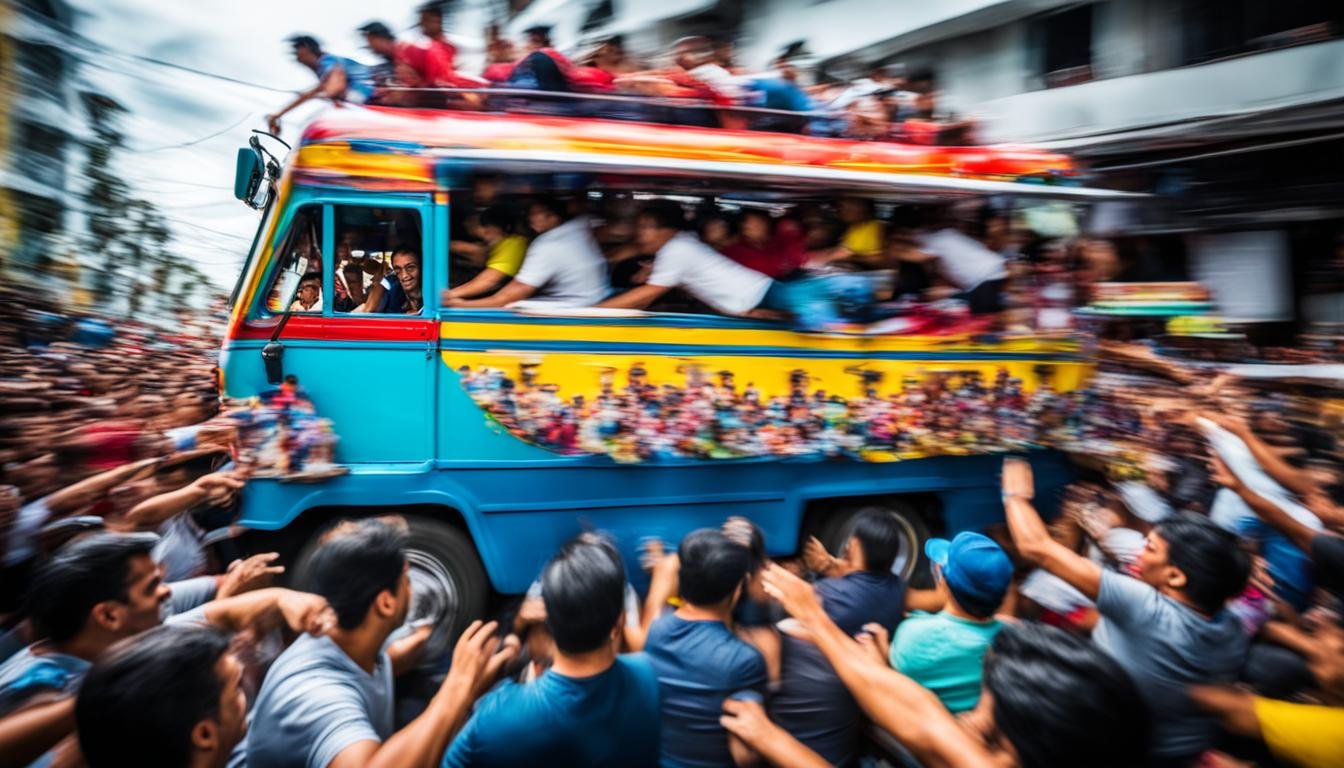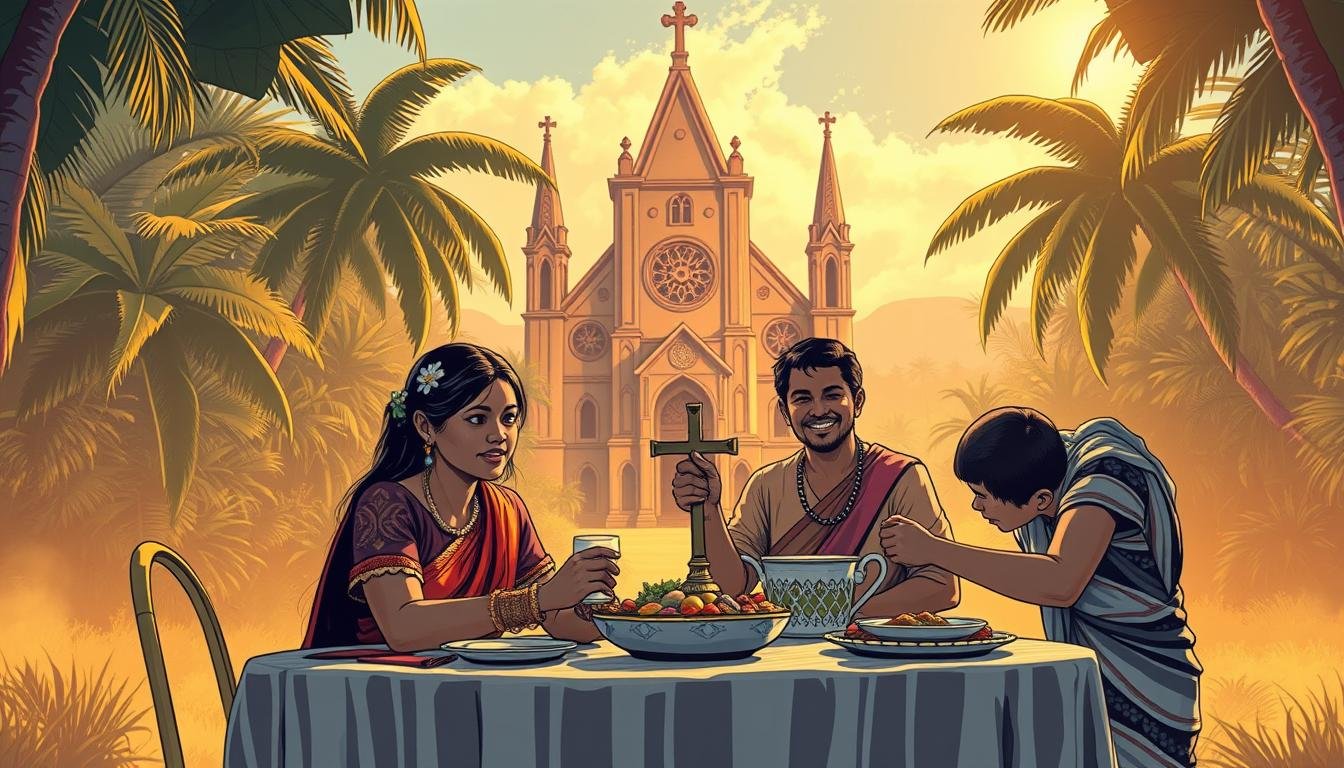The Filipino Sari Sari Store is more than just a retail outlet; it’s a ubiquitous landmark woven into the very fabric of Filipino life. Found on nearly every street corner, from bustling urban centers to remote rural barangays, these small, often family-run shops are vibrant centers of commerce, community, and culture. Their brightly colored facades,…
Tag: Filipino culture
Balarao, The Winged Dagger: A Comprehensive Guide
The history of the Philippines is intricately woven with the stories of its people, their struggles, triumphs, and the tools and weapons they forged. Among the vast array of traditional bladed implements, the Balarao, often referred to as the Winged Dagger, stands out. More than just a weapon, the Balarao is a potent symbol of…
The Works and Impact of Historian Ambeth Ocampo
Philippine history, often perceived as a dense and distant subject confined to textbooks, was dramatically revitalized and brought into the popular consciousness largely through the efforts of one prominent figure: Ambeth Ocampo. More than just an academic, Ocampo emerged as a public historian, a storyteller, and a cultural icon whose unique approach demystified the past…
Makikipagkapwa-tao: A Pathway to Genuine Interaction
In a world increasingly marked by digital divides, superficial connections, and a pervasive sense of isolation, the search for genuine interaction has become more critical than ever. We crave connections that go beyond mere pleasantries, interactions that nourish our souls and affirm our shared humanity. Deep within the rich tapestry of Filipino culture lies a…
Singkil: Traditional Dance of the Philippines
Step into the vibrant world of Philippine arts and culture, and you’ll inevitably encounter the mesmerizing Singkil, a traditional dance of the Philippines renowned for its elegance, complexity, and deep cultural roots. More than just movement, Singkil is a narrative woven with threads of royalty, myth, and the enduring spirit of the Maranao people of…
Animism in the Philippines: Exploring the Lasting Spirituality
I. Introduction Imagine walking through a verdant Philippine forest. Do you pause, almost instinctively, before passing a towering, ancient balete tree, whispering a quiet “tabi-tabi po” (excuse me, please pass)? Or consider the simple gesture of pagmamano, pressing an elder’s hand to one’s forehead – could this profound act of respect echo millennia of ancestral…
Jeepney: How many people can fit inside?
The roar of the engine, the kaleidoscope of colours flashing past, the unique blend of organised chaos – these are the hallmarks of the Philippines’ Iconic Jeepney. More than just a mode of public transportation, the jeepney is a rolling symbol of Filipino culture, resilience, and artistry. It’s the undisputed King of the Road in…
The Baybayin Writing System
Long before the arrival of the Spanish colonizers and the Latin alphabet that dominates the Philippines today, the islands flourished with unique cultures, vibrant communities, and distinct forms of expression. Among the most fascinating and enduring legacies of this pre-colonial Philippines era is the Baybayin Writing System, an ancient Filipino script that served as a…
The Impact of Japanese Propaganda on Filipino Culture
During World War II, the Philippines experienced a significant cultural shift under Japanese occupation. One of the most powerful tools used during this time was propaganda, which played a crucial role in shaping public opinion and influencing Filipino society. This article explores how Japanese propaganda impacted Filipino culture and why understanding this history remains relevant…
Cultural Fusion: How Filipino Ancestors Adopted Christianity Through Integration, Not Just Conversio
The Philippines is a nation rich in history and cultural diversity. One of the most fascinating aspects of its past is how Christianity became deeply rooted in its identity. Unlike simple religious conversion, Filipino ancestors embraced Christianity through a process of integration, blending it with their existing traditions and beliefs. According to the Merriam-Webster dictionary,…


